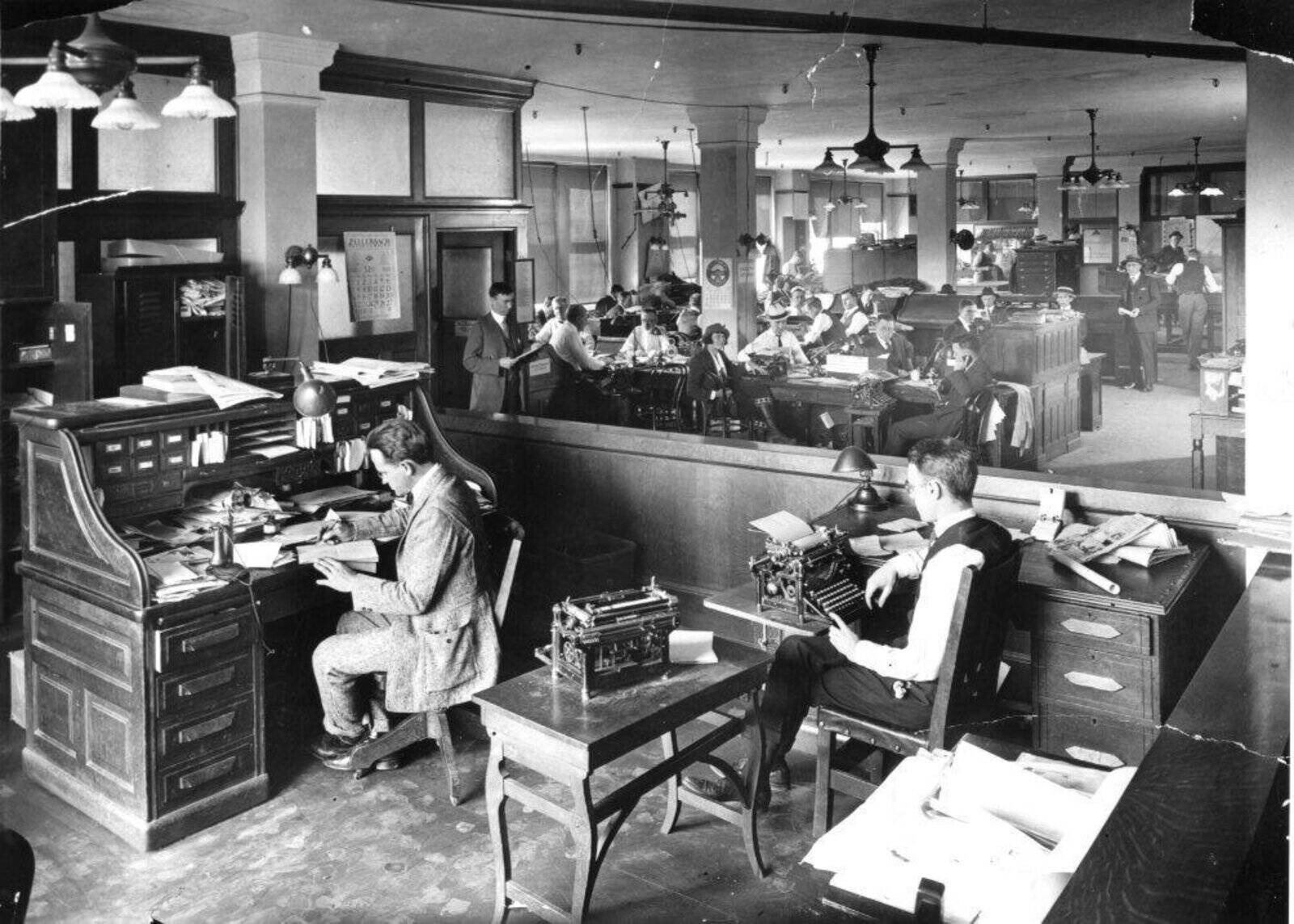
From ‘The LA Times’ to ‘The Guardian’: News publications with a racist past
Traces of racism are littered throughout the history of journalism. From the very first paper, to the many news websites out there today, racism can be found hiding in the folds. While many journalists of color fought to bring diversity & democracy to the news field, news reporting has also had a hand in perpetuating racism over many years.
Some of the most well-known news sources today have built their foundation by engaging in racist practices. With a dark past lurking behind ‘trusted’ media sources, it pushes us to consider the lasting impact. Where can we unearth great ethic & racial divides in newsrooms and how does that build into systemic racism today? Here are just a few legacy media sources blighted with racist roots.

The Guardian
The founder of The Guardian in 1821, John Edward Taylor, may have had links to transatlantic slavery. Independent researchers have been hired by The Guardian owner company Scott Trust to dig into these possible historical connections to the slave trade. This search includes evaluating the publication’s associates, investments, & business activities.
Alex Graham, chairman of the Scott Trust, firstly acknowledged that John Edward Taylor did have “family businesses” involved with “cotton and textile merchants.” This of course means that The Guardian founder “traded with cotton plantations that used enslaved labour.”

Looking back at The Guardian’s news coverage since its founding, Graham confessed that The Guardian didn’t hold progressive ideals & values, siding with the slave-owning south during the American civil war. In fact, it wasn’t until 1872 that Taylor’s nephew CP Scoot finally reshaped the newspaper to put an emphasis on morality.
Encouraging other media sources to examine racism in their past, Graham shared:
“All organisations must understand and discuss their histories, and it is particularly incumbent on media organisations to do so, reflecting on their past and current positions with openness, highlighting mistakes, and facing the future with humility.”
Los Angeles Times
The history of the Los Angeles Times is stained by white supremacy. For the first eighty years at least, the LA Times namely promoted the interests of white industrialists & landowners. Harrison Gray Otis, the Civil War veteran who controlled the publication from 1882 to 1917, stands as a prime example of corrupted power.
According to the LA Times, Otis used the newspaper to exercise his dominant position as a rich white patriarch. His agenda focused on “score settling, regional boosterism, economic aggrandizement and union busting.”
Despite vast movements of immigration and Black Americans to Los Angeles, the LA Times clung to its white staff, readership, & ideologies. In fact, the newspaper supported the wartime incarceration of Japanese Americans and ignored other flagrant race conflicts like the 1942 widespread assault of Mexican Americans.

Beyond these major instances of racial injustice in media coverage, the LA Times also preached racist sentiments to their readers. For example, an LA Times headline in 1981 read, “Marauders From Inner City Prey on L.A.’s Suburbs.” This story blamed the city’s crime wave on the “permanent underclass” that lived in the city’s “ghettos & barrios.”
Prosperous white communities feeling threatened by racial shifts, the LA Times viciously thrust offensive stereotypes of Black & Latino populations. The publication called them thieves, rapists, & killers. The report led to a harmful mentality that promoted racist government policies segregating schooling & housing. (A huge part of localized systemic racism today.)

National Geographic
Called to air their history of racial discrimination, National Geographic shared some appalling stories about the publication’s past. In order to try and move forward with an issue on race, National Geographic elaborated on the social construct of race in the publication’s history and how it shaped politics & identity.
A fundamental problem evident in National Geographic from its inception, pointed out by professor of African photography John Edwin Mason, is its lack of focus on people of color in the United States. Instead, the publication set their eyes on “natives” in other countries, depicted them as “exotics, famously and frequently unclothed, happy hunters, noble savages—every type of cliché.”

One full-issue article covered in National Geographic in 1916 focused on Aboriginal Australians. The article was riddled with racism, the indigenous people of Australian referred to as “savages” who “rank lowest in intelligence of all human beings.”
According to Mason, National Geographic also limited the reader’s story of their global coverage, hardly challenging white Americans to see beyond stereotypes. “Americans got ideas about the world from Tarzan movies and crude racist caricatures,” he said. Mason connected National Geographic to the rise of colonialism and the stark divide between races, saying that the publication reflected that view of the world.
Instead of covering a history of violence and injustice, National Geographic consistently produced stories denying the most essential voices of the time. For example, instead of focusing on massacres in South Africans, the magazine covered other areas of Africa. As Mason said, “The only black people are doing exotic dances . . . servants or workers.”
—
Can racist stories from legacy media industries continue to be overlooked? Should these powerful institutions be held more accountable?
In terms of media ownership, coverage, & influence, news today isn’t much better than it used to be. How can new sources best support minority communities?




